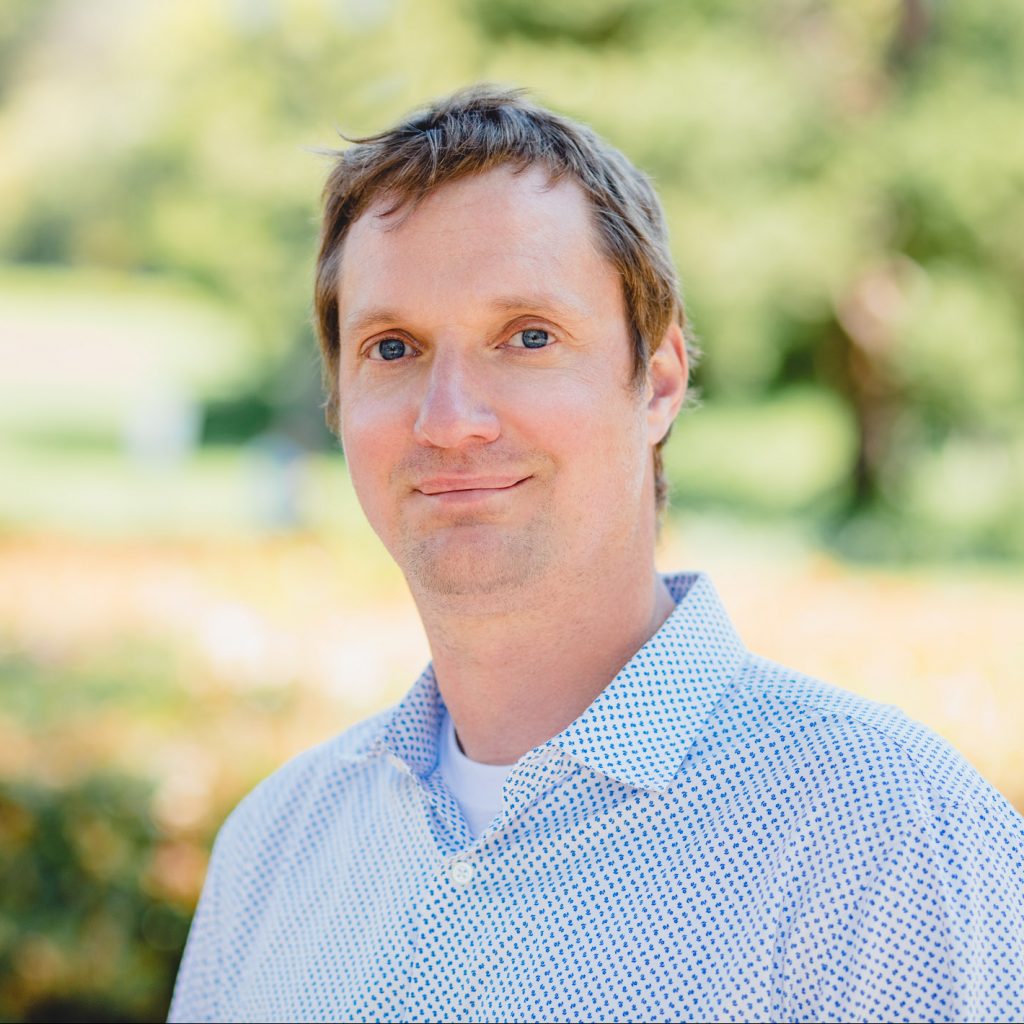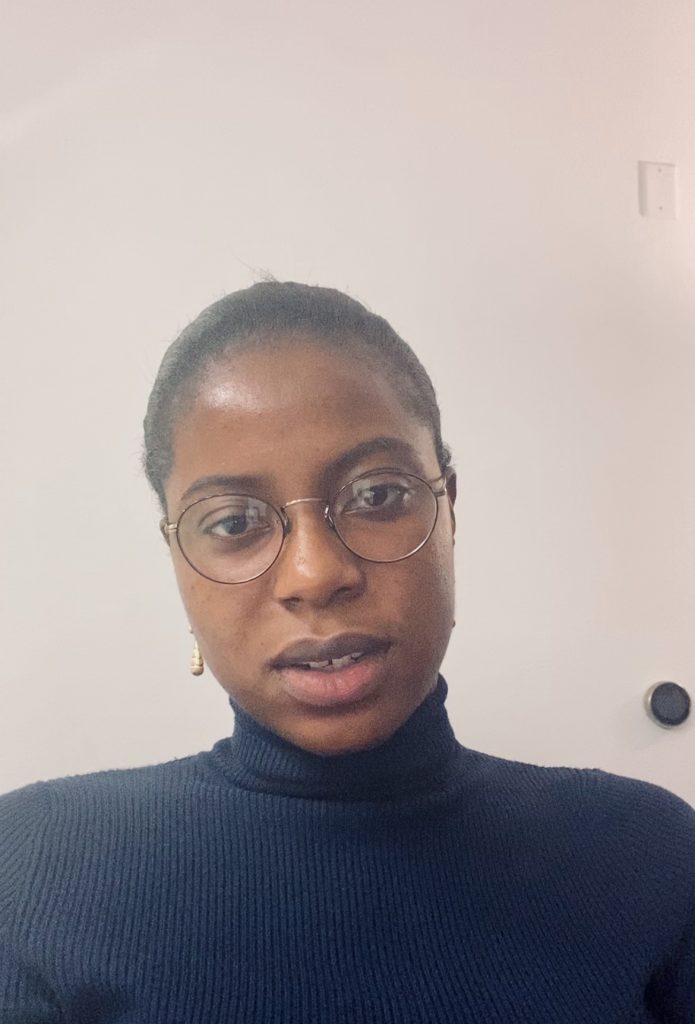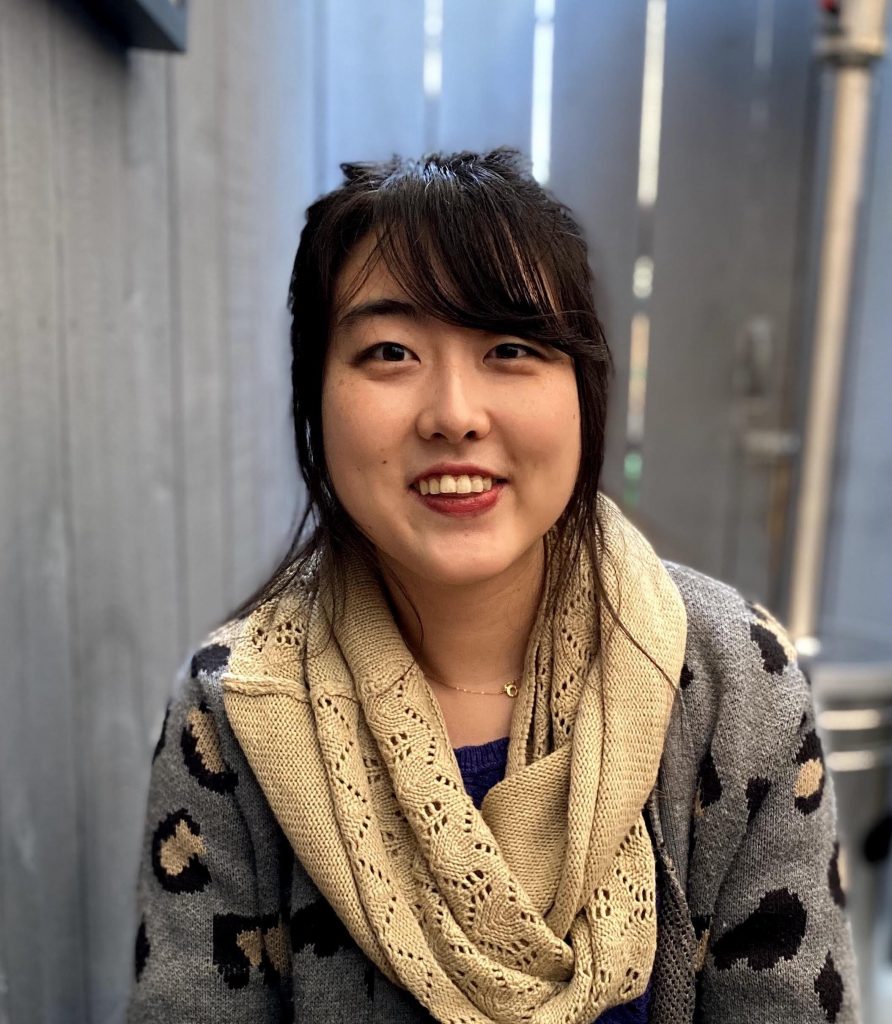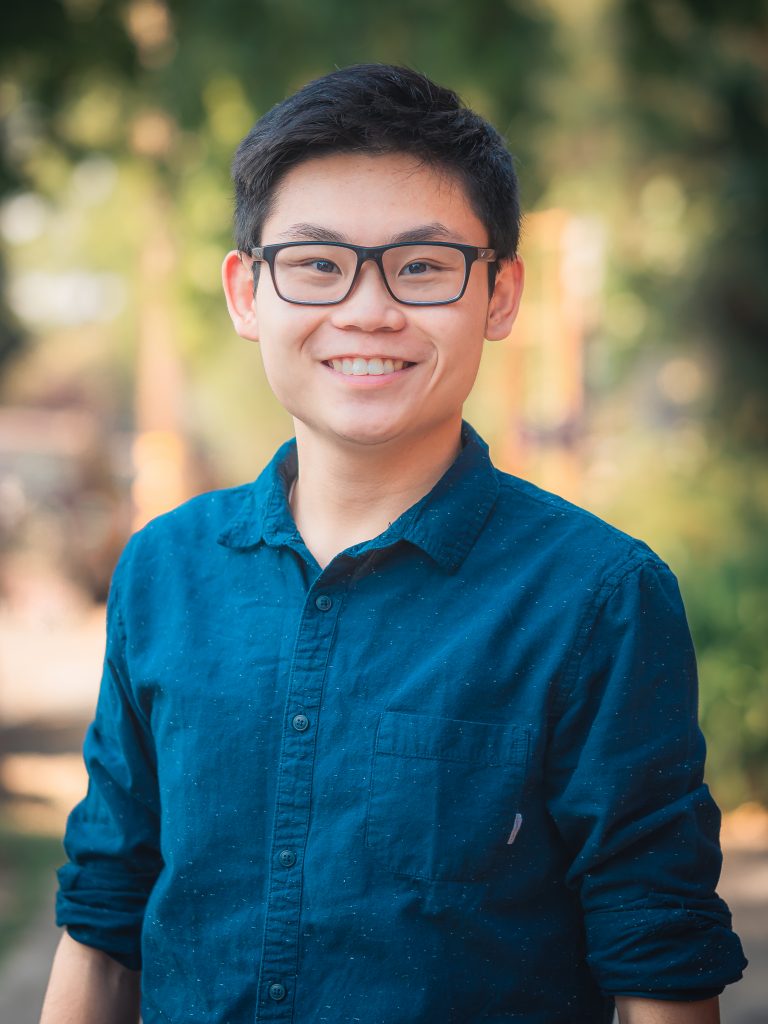CIRM SCHOLARS TRAINING PROGRAM
This program, sponsored by the California Institute for Regenerative Medicine, provides
interdisciplinary training in stem cell biology and bioengineering with an emphasis on genome
engineering and gene therapy. The program is designed to prepare an exceptional and diverse
group of predoctoral, postdoctoral and clinical fellows, focused on research excellence and
community involvement, as future leaders in academia and biotechnology. By empowering
CIRM Scholars’ innovations in basic biology, engineering and translational research, the
program seeks to contribute to solutions for currently unmet medical needs.
Dirk Hockemeyer, PhD

Program Director
Associate Professor of Cell and Developmental Biology
Chan Zuckerberg Biohub Investigator
Director, Berkeley Stem Cell Center
David Schaffer, PhD

Program Co-Director
Hubbard Howe Jr. Distinguished Professor in Biochemical Engineering,
Director, California Institute for Quantitative Biosciences (QB3-Berkeley)
2023-24 CIRM Clinical Fellow
Ayotola Ajayi, MD

Currently, multiple genome editing strategies are being explored to treat patients with sickle cell disease (SCD) which is a inherited disorder that is caused by a genetic mutation in the red blood cells. Patients with naturally occurring persistence of fetal hemoglobin (HPFH) have fewer complications from their sickle cell disease. The Wilson lab is currently exploring base editing strategies with CRISPR technology to increase fetal Hemoglobin (Hb F). These base editing strategies are somewhat unpredictable in terms of efficiency of correction at the genome level. My research will focus on the phenotypic assessment of levels of fetal hemoglobin on this edited hematopoietic stem cell which would be invaluable in selecting the best editing strategy for clinical use.
2024-25 Postdoctoral CIRM Scholars
Nikita Divekar, PhD

DNA methylation, the chemical modification of CpG dinucleotides, is the most abundant epigenetic modification and is essential for mammalian development. After fertilization, DNAme is erased from most of the genome and rewritten de novo during blastocyst implantation at specific sites in the human genome to heritably silence the expression of potentially cytotoxic transposable elements and to establish X-chromosome inactivation. The goal of my project is to use human stem cells to understand how various factors contribute to the establishment of DNA methylation and heritable gene silencing during early embryonic development. Furthermore, I aim to elucidate how aberrant DNA methylation establishment leads to defects during embryogenesis and stem cell differentiation.
Mimi Guo, PhD

Neurodegenerative diseases pose significant challenges for global health. There is an urgent need to better understand the disease progression mechanisms and to find effective therapies. I aim to discover novel delivery mechanisms targeting diverse central nervous system cells, exploring how they respond to transgenes. Utilizing directed evolution and machine learning approaches, I will screen AAV libraries using human brain slices combined with non-human primates. The top variants will be validated through fluorescence proteins packaging. Additionally, I aim to establish a high throughput 3D brain tissue model using induced pluripotent stem cell (iPSC)- derived microglia to further investigate changes of brain cell phenotypes in response to specific transgenes.
Jessica Hung, PhD

Antigen presentation serves to ensure adaptive immune responses are elicited against
pathogens and malignant cells. How the viral infection affects antigen repertoires in the infected hosts and antigen-presenting cells remains elusive. My project focuses on developing a co-culture model to recapitulate this process in vitro and quantify the viral-induced modulations in antigen-presenting cells on the proteomic and immunopeptidomic levels. I am using functional antigen-presenting cells derived from human induced pluripotent stem cells to answer 1) what are the differences in peptidomes of directly presented versus cross-presented viral antigens, and 2) how oncolytic virus shapes antigen presentation in the context of cancers. We anticipate this proposed work would provide insights into antiviral immunity and help explore viruses’ potential as adjuvants for cancer therapy.
Yeara Jo, PhD

Cancer is a significant global health burden and is the second leading cause of death in the United States. Natural killer (NK) cells are promising therapeutic modalities to overcome the limitations of current cancer immunotherapies, but it has been difficult to unleash their full potential due to the gradual functional impairment of NK cells in tumors via desensitization. My project focuses on elucidating the genes that significantly modulate NK cell responses and the desensitization process that occurs in tumors settings. We aim to modify these genes to engineer NK cells that can kill tumors more efficiently for use in cancer therapy. We anticipate that the proposed work will enable innovations in therapeutic strategies to enhance and sustain the anti-tumor function of NK cells.
Tommy Li, PhD

My research focuses on studying the developmental disorder Tuberous Sclerosis Complex (TSC), caused by mutations in the TSC1 or TSC2 genes. These mutations are often associated with brain malformations known as cortical tubers, regions that arise during development and contain abnormal cells. These tubers are stiffer than the surrounding brain and can be epileptic foci. I am studying cortical brain organoids carrying mutations in the TSC2 gene as a model system for understanding TSC. Derived from human pluripotent stem cells, brain organoids recapitulate key aspects of human cortical development, including the emergence of neurons and astrocytes. Organoids generated from TSC2 knock-out cells have been shown to have altered differentiation and cellular morphology. I am focused on how the presence of TSC2 knock-out cells may affect the overall electrical activity of the organoid, as well as how changes in substrate stiffness may affect neuronal differentiation.
Lu Ling, PhD

Obesity is a major healthcare challenge, and a better understanding of adipose tissue homeostasis could yield new strategies to treat obesity and obesity-related illnesses. Previous studies support the novel and exciting premise that myosin-based contractile forces can enhance the thermogenic function of brown fat. However, the mechanisms that connect cell and extracellular matrix mechanics to adipocyte differentiation and metabolism remain unclear. I will investigate mechanisms through which intracellular biomechanical signaling influences organelle dynamics to regulate brown and beige adipocyte differentiation and metabolism. Insights from this work will accelerate the use of brown and beige adipocytes in regenerative medicine applications by creating new biomaterial and biomechanical strategies linking force and function.
Robert Lu, PhD

Cancer cell and some stem cells have the ability to proliferate indefinitely by lengthening their telomeres. About 10-15% of cancers lengthen their telomeres using a DNA-repair mechanism known as Alternative Lengthening of Telomeres (ALT). Our current understanding of genetic factors and mechanism(s) of telomere lengthening in ALT cancers remains unclear. My proposed research project aims to develop a method of DNA sequencing for telomeres that can distinguish DNA synthesis at individual telomere ends. This will be leveraged to identify the gene/regulatory network of genetic factors that facilitate the emergence of telomere maintenance of ALT cancers. Overall, my proposed research aims will shed light on the molecular processes that underpin ALT in order to develop novel and effective treatments that targets telomere lengthening and survival.
Heta Patel, PhD

Stem cell maintenance and differentiation programs are directed by transcription, which involves extensive protein-protein interactions between master transcription factors, the Mediator complex, and RNA polymerase II (Pol II). The Mediator complex aids transcription factors to recruit Pol II to target promoters and is critical for the activation of all eukaryotic protein-coding genes. Although Mediator and Pol II are known to interact, the real-time diffusivity, stability, and kinetics of these interactions in living cells remain unknown. I aim to utilize single-molecule microscopy to study Mediator-Pol II interaction dynamics in the context of Mediator-related neurodevelopmental disorders. The results of this study will provide a spatiotemporal understanding of the molecular mechanisms and key signaling pathways that regulate early neurogenesis and identify possible therapeutic avenues for Mediator-related pathologies.
Briana Van Treeck, PhD

Transposable elements are ubiquitous components of our genomes that are capable of propagating their sequences selfishly to multiple genomic loci. Retrotransposons spread to new sites via the reverse transcription of retroelement RNA by a retroelement encoded protein. My work focuses on studying the mechanism of a site-specific non-LTR retrotransposition, the impact these insertions have on the host genome, and the unique RNA-processing events of a competent retrotransposable element. Ultimately, I
hope to provide insight into the non-canonical expression and activity mechanisms of autonomous genetic elements and work towards using these characteristics in retroelement redesign for gene therapy.
2024-25 Predoctoral CIRM Scholars
Yaw Ansong-Ansongton, MD

My research elucidates the role of abnormal mitochondrial retention in sickle cell disease pathophysiology. Sickle red blood cells exhibit impaired removal of mitochondria during maturation, leading to higher mitochondrial content. My work is investigating how this mitochondrial retention increases reactive oxygen species and calcium levels in sickle red cells, altering cell adhesion and deformability, potentially worsening vaso-occlusive crises. Using microfluidics, transcriptional profiling, and CRISPR gene editing, we are further characterizing the functional effects of retained mitochondria while identifying key genetic pathways regulating mitochondrial clearance. By shedding light on this novel phenomenon of abnormal mitochondrial persistence, we aim to provide insight into sickle cell disease mechanisms and reveal potential new therapeutic targets to restore normal red blood cell physiology.
Johnny Gan Chong

Transposable elements comprise approximately 40-45% of human and mouse genomes and have largely been classified as “junk DNA”. However, recent studies have shown that transposons can be valuable and essential for humans and mice. I am using advanced and live cell imaging techniques to understand how transposable elements can be repurposed for preimplantation development. These insights could lead to a better understanding of aging and improvement in assisted reproductive technologies.
Jan Schabort

Dyskeratosis Congenita (DC) is a telomere biology disorder that is characterized by telomere length set-point below the first percentile and often results in bone marrow failure during the second decade of life. My research will utilize genetic editing of hematopoietic stem and progenitor cells to phenocopy the short telomere set-point observed in DC in a genetically tractable and isogenic fashion. Allowing for differentiation of these edited cells, both in vitro cell systems and in vivo humanized mouse models, could elucidate the effects of the short-telomere set-point on differentiative capacity and subsequent cell populations. Ultimately my work will strive to understand the effects of the short telomere phenotype in the context of DC and to design a genetic strategy for its rescue.
CIRM Scholars Alumni
Bonnie Zhu, PhD

Dysregulation of neuroinflammation has been implicated in multiple neurodegenerative disorders, including Alzheimer’s, Parkinson’s, Multiple Sclerosis, and Huntington’s disease. Two major challenges hinder effective therapies in the CNS: 1) the lack of robust and specific targeting tools for accessing and manipulating brain cells and 2) an incomplete understanding of molecular mechanisms underlying cell behavioral regulation and dysregulation. My proposed research will address these two areas and
combine engineered vector systems designed to have selective targeting capability in specific cell types with single cell sequencing techniques and bioinformatic analysis to characterize the molecular signatures of different functional pathways underlying neurological diseases. The model platform developed here will augment a toolbox of much-needed vector biology tools for CNS cell-specific delivery of gene therapeutics. The insights gained from the proposed work will highlight the potentially therapeutic role of modulating neuroinflammation for restoring tissue and cell homeostatic functions, which will open new avenues for treating diseases.
Erin Doherty, PhD

Most genetic variants associated with disease are single point mutations which are potentially correctable via systems that exchange a single DNA base (base editors). This technology has seen overwhelming success with adenine base editors entering the clinic within just five years of their initial report. However, the capacity of this approach is limited by editing promiscuity at neighboring bases. This constrains target selection to a narrow range of mutations where nearby off-target edits would not negate the effect of the edit or induce additional pathogenic mutations. I am using a two-pronged approach to developing precision base editors that both extends existing technology and creates an entirely new kind of editing enzyme with intrinsic properties that prevent off-target edits.
Anna Maurer, PhD

Recombinant adeno-associated viral vectors (rAAVs) are a powerful laboratory and clinical tool and are approved for multiple gene therapies. rAAVs deliver single-stranded DNA genomes to the host cell nucleus, which are converted to double-stranded, concatemeric episomes that can be transcriptionally active for the life of the host cell. How the cell processes these vector genomes is not well understood. I am combining super-resolution microscopy with genomic and biochemical approaches to understand the mechanisms of rAAV genome concatemerization.
Santiago Mestre Fos, PhD

Stem cells exhibit a substantial increase in protein synthesis when they start differentiating towards progenitor cells. Inspired by previous studies from the Cate lab that have uncovered non-canonical roles of eukaryotic initiation factor 3 (eIF3) in regulating protein translation of specific transcripts in HEK293T and activated T cells, my project aims to decipher the specific molecular roles of eIF3 in neural stem cell differentiation. I am using a wide array of biochemical assays, such as CLIP techniques and deep sequencing experiments, to determine which RNA transcripts are post-transcriptionally regulated by eIF3 in neural stem cells that have undergone the initial steps of differentiation.
Haruna Yamashiro, PhD

Fertilized zygotes and 2 cell stage blastomeres are the ultimate stem cells in mouse development, as a single cell is able to yield a live, fertile, adult organism. Hence, the mechanistic understanding of mammal preimplantation development is essential for understanding stem cell totipotency and differentiation. Previous studies have revealed a strong retrotransposon induction in mammalian preimplantation embryos and established the functional importance of specific retrotransposons in this process. Shortly after fertilization, a terminally differentiated oocyte exhibits the acquisition of a totipotent cell fate potential, which coincides with a strong and transient induction of retrotransposon MuERVL. In addition to a strong MuERVL transcript expression, MuERVL-encoded Gag protein is abundantly expressed in zygotes and 2C blastomeres. My research focuses on the role of MuERVL-Gag in the early preimplantation development of mouse embryos.